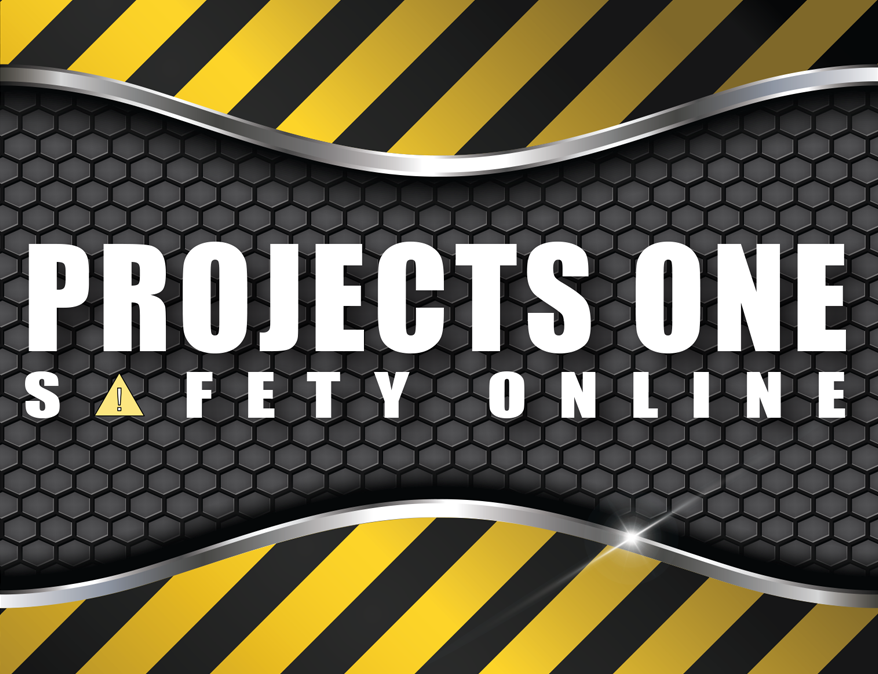
Transport in the Construction Industry
The National Heavy Vehicle Regulator (NHVR) is Australia’s regulator for Heavy Vehicles.
Now, just a guess, but I am thinking, when you work in the construction industry the ‘Heavy Vehicle National Law (HVNL)’ or even the Heavy Vehicle National Law Act 2012 (Qld) … is not front of mind when you are planning your safety? Working closely with many of our clients they don’t consider themselves to be in the transport business.
Simply owning a truck or two, moving equipment from job to job or even having materials delivered means your construction business has a role to play in the transport industry, which means you need to plan your safety, training and supervision in accordance with the NHVL. I recently read an interesting newsletter and article written by the NHVR which made me think more about our client’s safety needs.
“Based on reports from compliance officers and the 2021 National Roadworthiness Survey, heavy vehicles have an observed pattern of non-compliance when used in construction activities.”
“As projects pick up across the country, the NHVR will be increasing its safety and compliance activities, with a focus on Chain of Responsibility (CoR) in the construction industry.”
“The company and manager are now being charged with the most serious offences under the HVNL for failing to fulfil their primary duty obligations, which put the driver and other road users at serious risk,” Belinda said.
Something you need to know before we go any further is: “‘transport activities’ includes all the activities associated with the use of a heavy vehicle on a road. It includes safety systems, business processes such as contract negotiation and communication and decision making, as well as the activities normally associated with the transport and logistics sector such as training, scheduling, route planning, managing premises, selecting and maintaining vehicles, packing, and loading.” Regulatory Advice – Managing the risks of heavy vehicle transport activities in the construction industry (Operator) | NHVR
“The regulatory advice explains the CoR laws and is tailored to address the concerns of industry executives as well as heavy vehicle operators.
For construction company or construction contractor executives: read ‘Managing the risks of heavy vehicle transport activities in the construction industry – Principal Contractor’
For construction heavy vehicle operators and their executives: read ‘Managing the risks of heavy vehicle transport activities in the construction industry – Operators’
What is ‘Chain of Responsibility Law’ and how to manage your risk.
Written by, Wendy Bishop, creator of Projects One Safety Online, the ‘simplifier’ of all thing’s safety
The Chain of Responsibility (CoR) law ensures everyone who works with heavy vehicles – from the business that employs a driver to the place where goods are delivered – is accountable for safety. Chain of Responsibility | NHVR
- Work out where your responsibilities are in relation to your transport activity, where can you influence and control the transport activity, e.g., when receiving deliveries: parking, drop zone, driver safety…
- Identify the hazards e.g., other delivery trucks, traffic, sloping ground, predestines, driver fatigue…
- Assess the risk e.g., look at the consequences vs the likelihood, collision with a heavy vehicle could have catastrophic consequences
- Implement control measure to ensure the transport activity will be undertaken as safe as reasonably practicable e.g., traffic management plan in place, exclusion zone maintained, spotter used. RISK ASSESSMENT, PROCEDURES, TRAINING AND SUPERVISION all need to be in play here…
- Monitor, report and continuously improve your procedures
Now that I have over simplified CoR a few things you need to consider is:
- Do you own a heavy vehicle that is used in your construction business?
- Are your staff trained to load and restrain loads correctly?
- Is your driver licenced and competent to drive your heavy vehicle?
- Is your heavy vehicle well maintained with maintenance records and procedures in place for ensuring your truck is safe every time it is driven?
- What are your current procedures for carrying and restraining loads?
- Do you have current procedures for receiving materials on a jobsite?
- Do your procedures need to be updated?
- Are your staff trained to receive materials as per your procedures?
Managing the hazards and risks associated with heavy vehicles in the construction industry is the latest subject in the NHVR’s new regulatory advice series, I find the NHVR website to be very good. | NHVR
Please complete your own research and due diligence to see where your business needs to make improvements. I have provided links to help with your research.
Projects One Safety Online can help your staff complete their safety administration tasks easily, please give us a call to discuss your safety needs.
Remember, every morning as you prepare for work ask yourself, what is different about today? If conditions change, change your safety!





